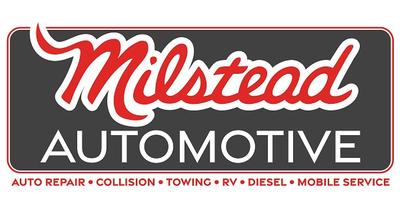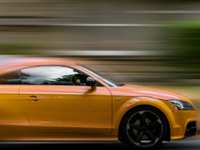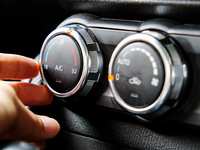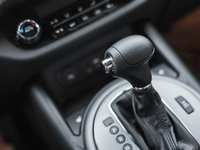Car Seat Safety Tips

Your child’s safety in the car heavily relies on them having the appropriate car seat or booster seat properly installed. Even if you are an expert driver with a clear driving history, you can’t stop other drivers from making poor decisions on the road. Correctly used child safety seats can reduce the risk of death by 71%, but half of all booster and car seats are not properly installed. To avert a tragic incident, make sure your kids are properly positioned in the appropriate seating. Follow these tips to provide your child with the safest ride.
Use the appropriate car or booster seat. One of the most common mistakes made is upgrading a child to a forward-facing car seat before they are ready. Your child should remain rear-facing until they are age 2 or when they reach the upper weight or height limit of their seat. Rear-facing car seats are up to five times more effective than forward-facing car seats in preventing injury for children up to 23 months. It is also important to note not all car seats fit in all cars, so try it before you buy it.
Buckle your child correctly. The straps should be snug without slack to prevent your baby from slumping or falling over. Puffy jackets can deceive you to believe your child is buckled in tightly when they are not. Buckle your child in at the normal adjustment or take off the jacket before buckling them in. You also want to make sure the harness clip, or chest clip, is in the appropriate position. This should be located at the armpit level.
LATCH the car seat. Read the installation manual to make sure you LATCH your child in properly. LATCH stands for Lower Anchors and Tethers for CHildren. Car seats have lower attachments which connect to the car’s lower anchor bars. Use the top tether on all forward-facing car seats. A general rule of thumb is if you can move the car seat more than an inch from side to side, it is probably not installed correctly.
Don’t ditch the booster seat too soon. Once seat belts fit your child properly, they no longer need a booster seat. For a seat belt to fit properly, the lap belt should lay across the upper thighs and the shoulder belt should lay across the chest. The belts should not be touching the child’s stomach or neck. Most children need a booster seat until they are around 8-12 years old.
If you still have questions about your child’s car seat, don’t delay getting them answered. You can have a Passenger Safety Technician to inspect the installation of your car seat.


















